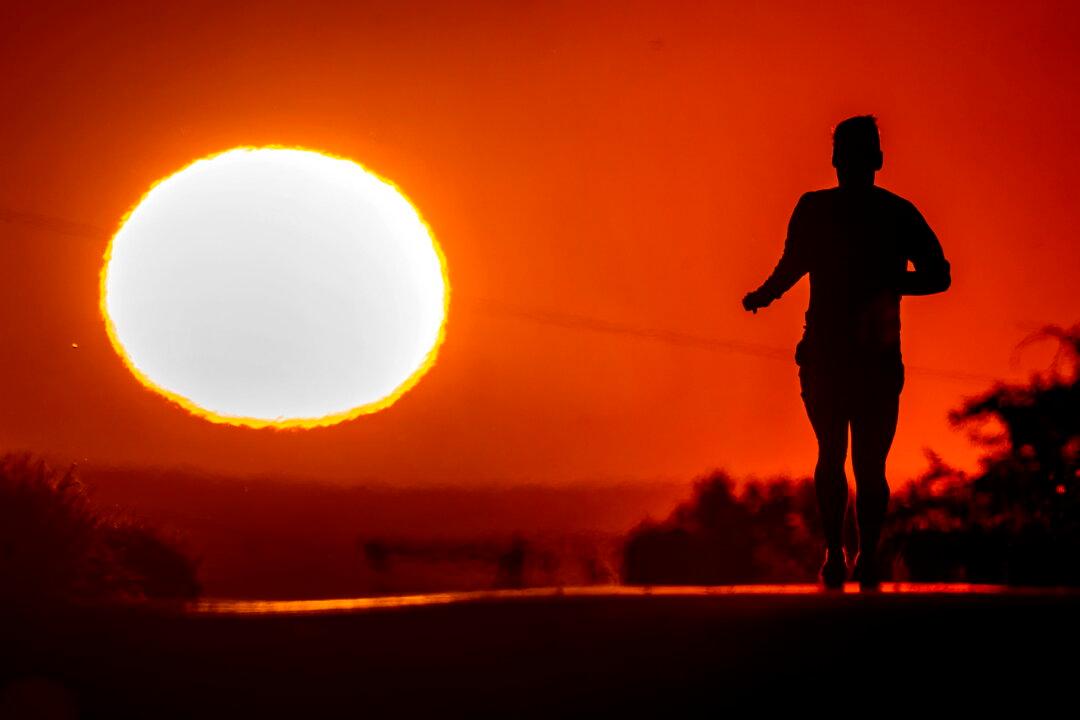As summer heat waves continue driving temperatures into the triple digits across multiple U.S. states—creating dangerous conditions for residents and animals alike—researchers are sounding the alarm bell over a significant spike in heat-related deaths in the past decade.
One study published in June reveals that deaths caused by excessively hot temperatures increased by 56 percent between 2018 and 2021.





